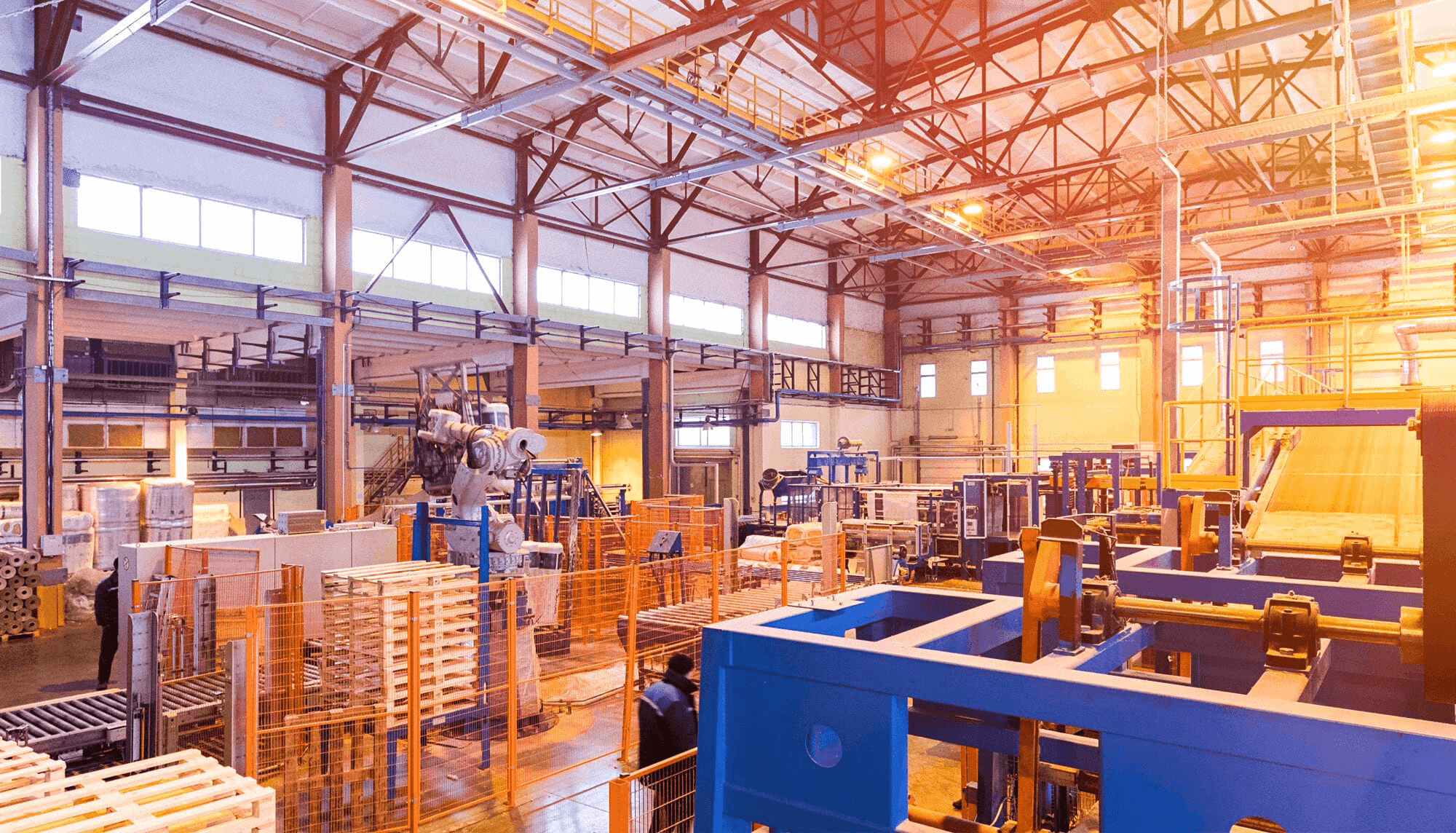03/11/21—The unprecedented effects of the pandemic have brought to light vulnerabilities across many industries, including manufacturing. As organizations move through and past COVID-19, both investors and customers will expect solutions to avoid these significant issues in the future, necessitating a thorough assessment of risks and how to mitigate them.
Decreased demand has some businesses like airlines and hotels seeing unanticipated losses, suffering financial strain, and implementing worker layoffs accordingly. Conversely, demand has increased exponentially for some consumer-packaged goods, as well as medical supplies and equipment. Pressure to increase production on these items can prove difficult. Limited quantities or completely unproduced goods upstream in the supply chain lead to some seeking alternative suppliers with higher prices that may then be passed on to the consumer. With uncertainty surrounding if and when commodities will be available, delivery delays may be inevitable for some, much to the frustration of all involved.
Beyond issues with product manufacturing, the environment and conditions for manufacturing workers can also be a concern for businesses. Production and assembly lines can mean close quarters, as can locker rooms, shuttle vehicles or ride-share vans used by many in this industry. Without proper distancing measures, COVID can be hard to contain. Any accompanying outbreaks risk not only the health of employees and their families but can further strain supply chain issues if a full workforce cannot be staffed.
In looking for solutions, some have suggested altering inventory policies, establishing a buffer in stock of finished or semi-finished products in case it is difficult to source components for these later. Many large companies have fallen victim to their incredibly brittle supply chains after relocating production to wherever is cheapest. New manufacturing policies could be considered, like utilizing vertical integration. Finding balance between agility and cost is essential to consider. But without protecting manufacturing workers from illness, these suggestions do not have two legs to stand on.
The CDC recommends work site assessments to identify risk and prevention strategies for them, including contact tracing in the workplace. Keeping spread controlled is successful when a high proportion of contacts are traced, in tandem with moderate distancing and the isolation of positive cases. While contact tracing may seem like a huge task for businesses already navigating the effects of COVID-19, digital contact tracing with the AlertTrace system makes it simple and affordable for organizations of all sizes.
AlertTrace enables both distancing and contact tracing, letting employees know when they are too close to other workers within a configurable range, while data is seamlessly collected. Only information on peer-to-peer contacts is gathered, so no tracking of location or GPS use is necessary. With encrypted and secured anonymous data and our standalone system, the issues associated phone tracking apps are eliminated, and maximum privacy protection is ensured.
Ready for work in a warehouse or factory, our ruggedized wearable minis can be deployed in a matter of hours, increasing adherence to COVID-19 guidelines by more than 80%, and cutting down the time needed for tracing by 99%. The scalable and accurate system from AlertTrace can help eliminate disruptions caused by any instance of infectious disease.
The often-essential businesses in manufacturing and have the unique distinction of not only being able to increase health in their communities by stopping spread at work, but also being able to help the nation on its road to economic recovery. Contact us today so we can show you how the rapid and reliable support from AlertTrace can help you make data-driven decisions to improve the safety of your workplace.




